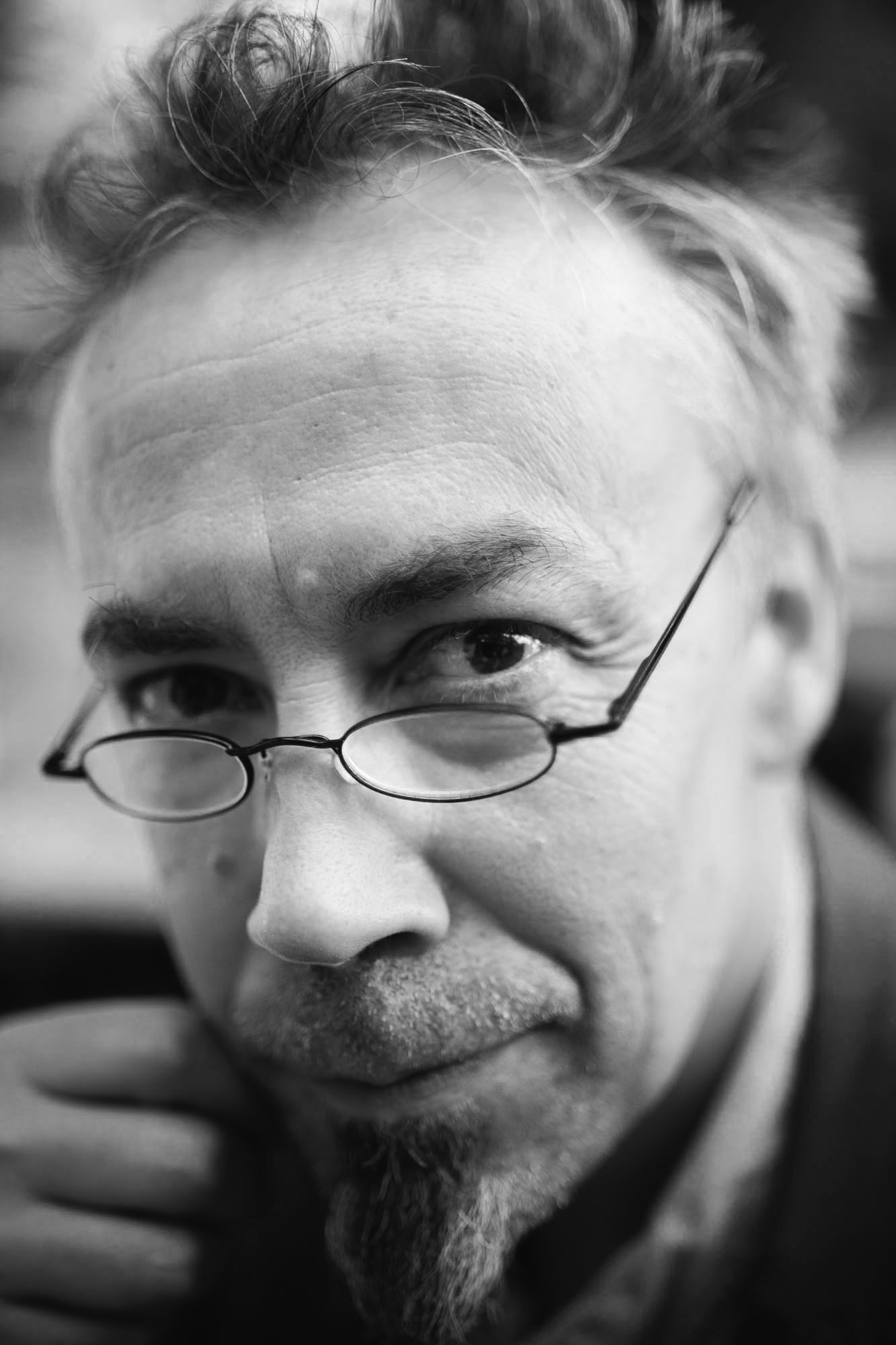Reflecting on the Edinburgh Congress David Rudlin asks whether, after a year without travel, our cities can reset their relationship with tourists?
 June this year saw The Academy of Urbanism’s annual congress in Edinburgh. Except of course it wasn’t. We were all sitting at home hearing about Edinburgh, following virtual walking tours (that were surprisingly effective) but not communing together as we did in those distant pre-pandemic days in places like Eindhoven, Aarhus and Cork.
June this year saw The Academy of Urbanism’s annual congress in Edinburgh. Except of course it wasn’t. We were all sitting at home hearing about Edinburgh, following virtual walking tours (that were surprisingly effective) but not communing together as we did in those distant pre-pandemic days in places like Eindhoven, Aarhus and Cork.
Fed up with this now – you can’t experience cities virtually. This is the time of year we should be gearing up for the awards visits – I want to go back to being an urban tourist!
The theme of the congress, conceived pre-COVID was how cities are responding to intense pressures, particularly from tourism – not urban tourism of course, the other crass, alcohol fuelled, culturally insensitive sort of mass tourism that has taken over many of our cities. It was a theme that has particular poignancy now that those cities have been deprived of the drug by successive lockdowns and realised how dependent they have become on the tourist pound, dollar and euro.
Paul Laurence, Executive Director of Place at the City of Edinburgh Council described the way the Old Town used to be as ‘a theme park without ticketing’. The streets used to be so full that locals could no longer go about their daily business, real shops were squeezed-out by tourist tat and the housing market distorted by Airbnb. This came to a head with the 2019 new year’s celebrations when ticketing was finally introduced and residents found themselves having to apply for passes to access their own homes.
Pre-pandemic locals had been “relegated to a role of extras
on a set”.
Not this year of course, the residents of Edinburgh, as well as those of Amsterdam, Barcelona and Lisbon (also represented at the congress) have been given their cities back. Post lockdown, the shops and bars are open, albeit with some restrictions, but international tourists are largely absent, these cities are having a rare moment of peace.
As a resident of Barcelona’s Gothic Quarter told Time Magazine “We saw scenes we hadn’t seen in a long time. The squares that are normally full of terrazas and tourists were occupied by kids playing, or families, or people sunbathing,… Now we’re scared we’re going to lose that again.” Pre-pandemic, he complained, locals had been “relegated to a role of extras on a set”.
Edinburgh, a city of around half a million people welcomed just under four million visitors in 2019, spending £1.32 Billion (up from £250 million in 1990). The Edinburgh Tourist Action Group estimates that this supported 32,000 jobs or about 12 per cent of the workforce.
Is this huge growth in tourism a success story or not? Like many cities, Edinburgh has vigorously promoted itself as a tourist destination as part of its ‘growth’ strategy. But has the success in attracting visitors been at the expense of local people? Indeed has it destroyed the very thing that those tourists had come to see? This might be called the Venice syndrome, and is something that the Academy has seen before on places like Temple Bar in Dublin.
Barcelona is the place where these issues are most sharply focussed. Since hosting the 1992 Olympics it has been overrun by tourists with around 12m visitors a year. This is the city where tourist buses have been vandalised and graffiti proclaims that ‘tourists kill neighbourhoods’. The city has had a licensing system for short term lets like Airbnb and has recently gone further by banning all room rentals of less that 30 days in the central area. The Scottish Government has also recently introduced a licensing system and allowed councils like Edinburgh to designate areas where planning permission will be required to use a property for short term lets.
Barcelona has gone further still and has used its year without tourists to plan for a better relationship between visitors and locals. It is experimenting with an app to alert visitors when places become too busy and to try and divert them to other areas. It is spending €21M buying up 5,323 commercial premises to rent to local-friendly business and holding a two-week festival for locals on La Rambla. It has also changed its advertising to target a better class of tourists more interested in culture and less in sunbathing and drinking.
Good luck with that, particularly in the face of a tourism industry howling for the relaxation of travel restrictions and the reopening of the tourist trade. It is hard to see how places like Edinburgh will not once more find themselves overrun by the visitor hoards that locals may hate but on which the city’s economy has become so dependent.
David Rudlin is a former Chair of the AoU. This article is based on a column that first appeared in Building Design Magazine.






